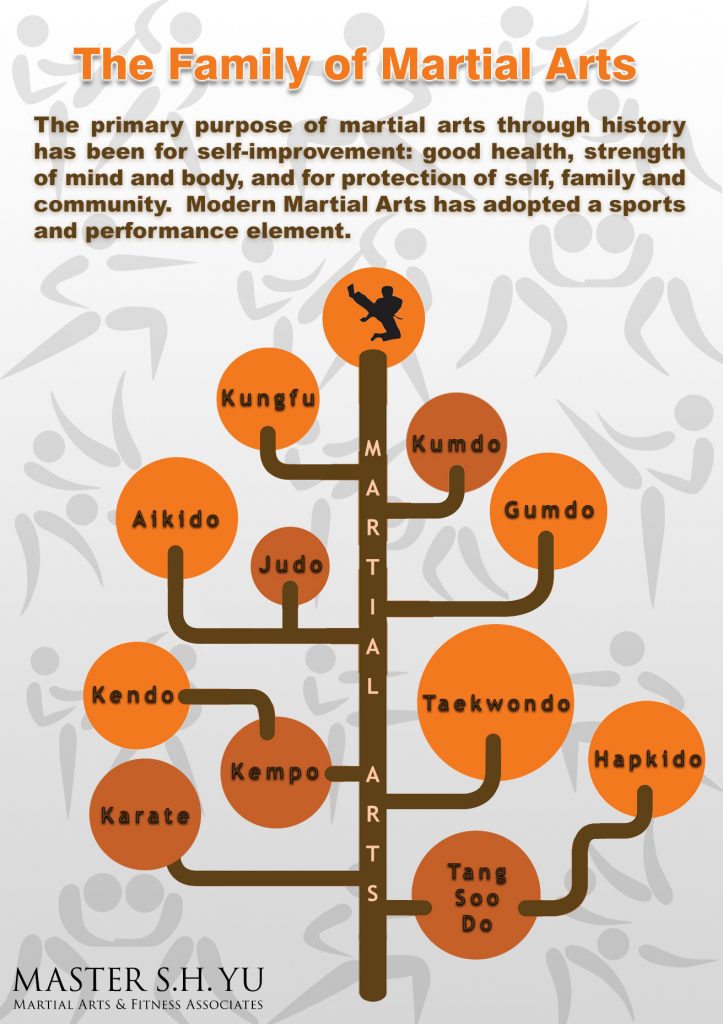Discovering The Distinctions Between Typical Martial Arts And Contemporary Battle Sports
Discovering The Distinctions Between Typical Martial Arts And Contemporary Battle Sports
Blog Article
Material Author-Sherman Johnson
When you think of martial arts, do you lean more towards the standard practices or the modern combat sports? Each path provides distinct benefits and experiences, formed by their ideologies and training approaches. Traditional martial arts stress individual growth and discipline, while contemporary battle sporting activities concentrate on competitors and performance. Comprehending these differences can direct you in choosing the ideal strategy for your journey. However just how do these differences show up in training and ideology?
The Ideology and Background Behind Traditional Martial arts
While many people associate martial arts with physical fight, the viewpoint and background behind conventional martial arts run much deeper. You'll locate that these self-controls stress individual growth, technique, and respect.
Stemming from old practices, typical martial arts were commonly created for Self-Defense and spiritual growth. They embody principles such as balance, harmony, and self-constraint, directing specialists beyond mere combating skills.
As you train, you'll not just find out strategies but additionally acquire insights right into the society and values that shaped these arts. The rituals and practices, commonly passed down through generations, promote a sense of community and belonging.
The Affordable Nature of Modern Battle Sports
Modern combat sporting activities have actually changed the landscape of martial arts right into an extremely affordable arena, where professional athletes challenge in a test of skill, technique, and endurance.
You'll see that competitors are typically arranged with rigorous guidelines and laws, guaranteeing fair game and security. These events draw in huge target markets, fueling the exhilaration and strength of matches.
Athletes train rigorously, not just for physical expertise yet additionally for mental toughness, recognizing that every detail counts in the ring. The adrenaline thrill throughout competitions is apparent, as competitors push their limitations to assert victory.
Followers value the athleticism and virtuosity included, making modern-day battle sporting activities a thrilling phenomenon that continues to evolve and mesmerize lovers around the world.
Training Techniques and Techniques: A Comparative Evaluation
The competitive atmosphere of modern-day combat sports demands cutting-edge training techniques that differ dramatically from traditional martial arts.
In modern-day training, you'll focus on specific methods, sparring, and conditioning, usually making use of drills that simulate real battle scenarios. You'll see an emphasis on measurable performance and constant competition to assess your abilities.
In https://effects-of-martial-arts-o09864.dreamyblogs.com/35921944/power-up-your-youngster-s-advancement-with-martial-arts-training-for-improved-toughness-emphasis-and-durability , standard martial arts prioritize forms, katas, and philosophical mentors, usually emphasizing discipline and regard over competition.
https://theweektoday.com/article/cranberry-kai-young-martial-artists-learn-self-defense/61537 is usually less extreme and might include repetitive practice rather than real-time sparring.
While both strategies build ability and fitness, modern battle sports offer a more vibrant and versatile training atmosphere, preparing you for prompt difficulties in the ring or cage.
Select the path that lines up with your objectives and passions.
Final thought
In picking in between traditional martial arts and contemporary fight sports, it truly comes down to what you value the majority of. If you're seeking individual development, discipline, and a sense of area, traditional arts could be your finest fit. Yet if you grow on competitors and real-time challenges, modern-day battle sports could be the means to go. Inevitably, both paths provide distinct benefits, so it's everything about aligning your training with your personal objectives and rate of interests.
